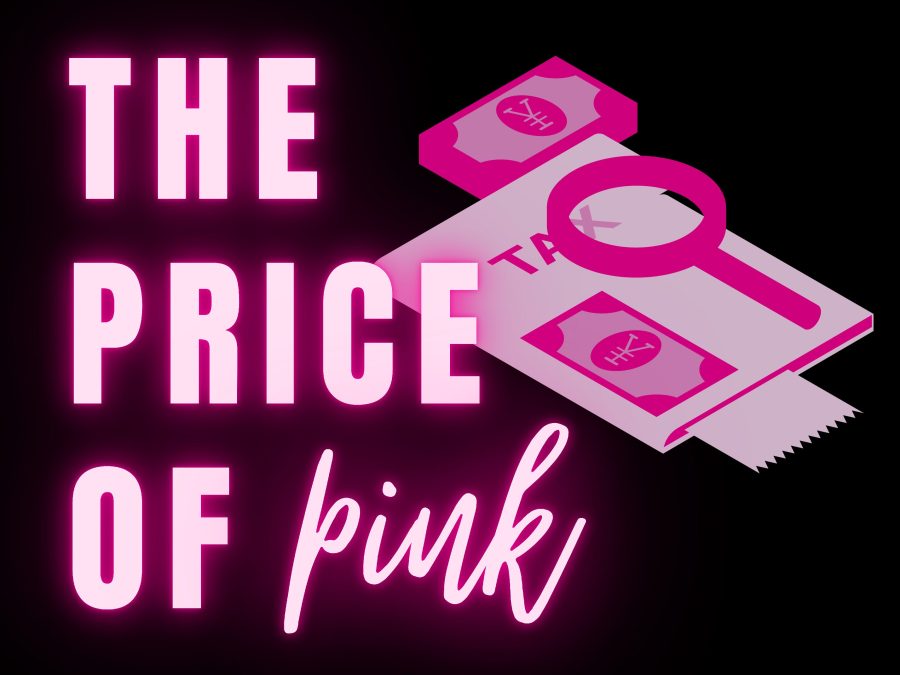The Pink Tax
February 3, 2022
When you walk into a store, you’ll most likely pick up on the differences in advertising towards gender for the products racked up in the aisles. The ladies’ products may resemble an explosion of pink, purple, white, and other lighter and “feminine” colors (perhaps some patterns or scents of flowers for added effectiveness). Meanwhile, the men’s section tends to have black and navy blue lining up shelves alongside scents like “cool spice” and “swagger” (whatever that smells like).
However, the differences in these products go beyond the packaging and beyond the sometimes questionably named scents—the most significant and problematic disparities lie in the price tags.
The Pink Tax may not be an “actual” monetary addition to women’s products and services, but the expense in comparison to their male counterparts is an apparent and real problem. Essentially, the term describes “a form of gender-based pricing” where women tend to be charged higher than men for similar or the same products.
It’s important to distinguish the difference between the higher costs of women’s products—like the Tampon Tax, a real sales tax that several states impose on menstruation products—and the Pink Tax. The Pink Tax is a general, across-the-board price difference in similar products for men versus women. These products include but are not limited to hygiene products, children’s products, clothing items, and general services such as dry-cleaning.
Keep in mind, products and services that are evaluated to judge of a Pink Tax are compared within the same brands and same to similar types, so they do not differ too greatly—aside from the little numbers they say they’re worth.
But where exactly does the Pink Tax come from? While the tax cannot be pinpointed to a specific event or moment, it is seen as a byproduct of the long-standing gender inequality and/or discrimination in society. There have been decisions made to combat this gender tax, such as the Gender Tax Repeal Act of 1995 in California, which was passed as a response to a 1994 report from California’s Assembly Office of Research finding that 64% of stores in select major cities charged higher to dry clean women’s blouses that men’s button-up shirts.
However, the Pink Tax still has a prevalent place in modern society. According to Bankrate, the Pink Tax can cost the average woman over $1300 annually, impacting lives in all corners of the world. A 2015 New York City Department of Consumer Affairs report examined five different industries and found that within all of them and within most of their product categories, from children’s toys to toiletries, goods that were marketed towards women and girls were priced higher. Personal care products seemed to have the most appalling numbers, citing an example of a five-pack of Schick Hydro cartridges in purple packaging costing $3.50 more than the same count of Schick Hydro refills in blue packaging. Shampoo and conditioner for women were nearly marked 48% higher than those products for men.
Clearly, saying the Pink Tax is unfair would be an understatement. It follows the trend of discrepancies between men and women, placing the latter on a lower level in several areas of the economy, contributed to by other issues such as the gender pay gap as well. Women and girls are continuously subjected to monetary inequalities and it’s time for that to end.







